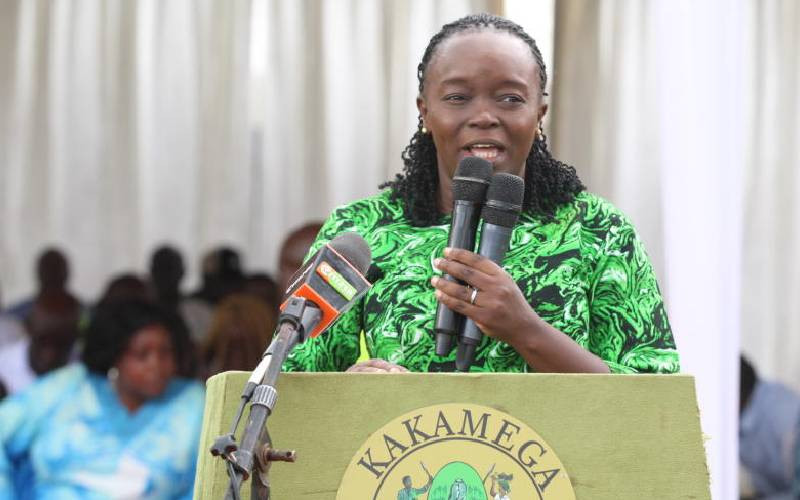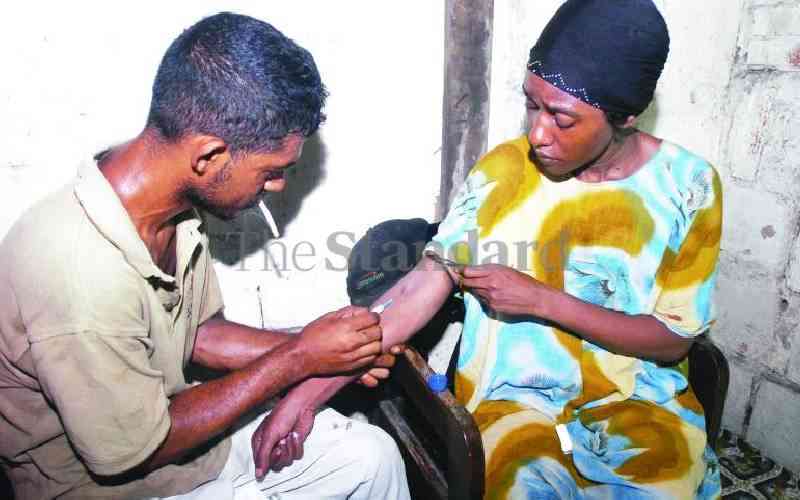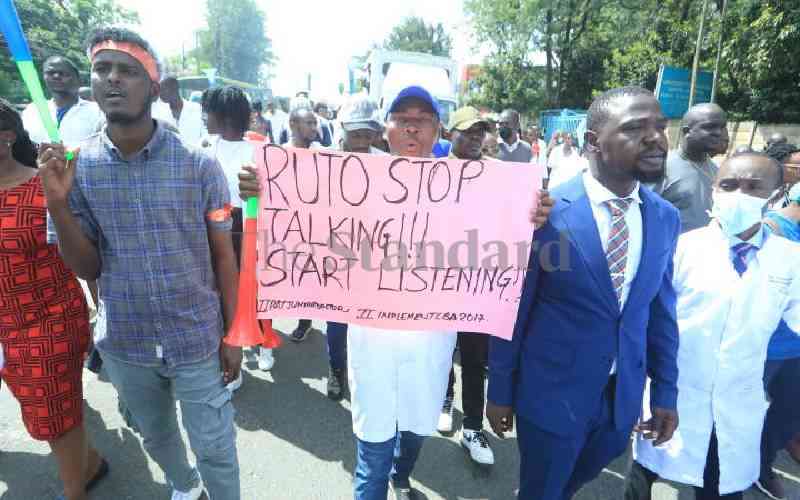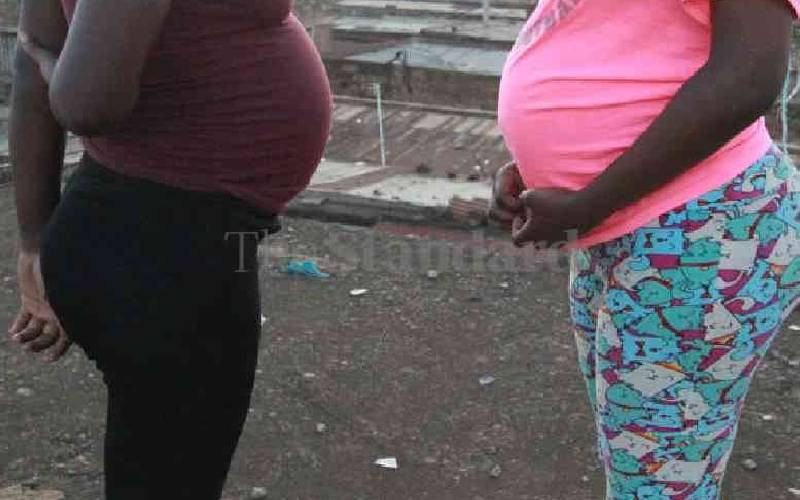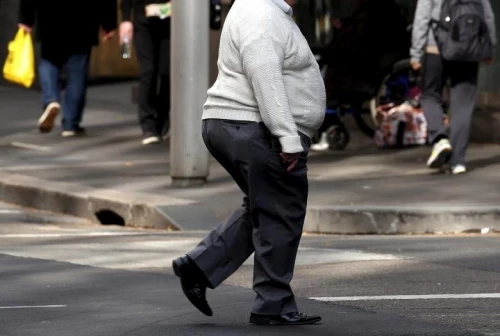
The streets of Baku, Azerbaijan, are alive with colour and tradition.
Representatives from Indigenous communities from across the world have gathered at COP29, donning their traditional regalia and carrying with them the weight of their people’s hopes, struggles, and demands.
Their presence is not just a celebration of culture but a defiant stand against centuries of exploitation and environmental harm.
They hail from regions as diverse as the icy plains of the Arctic, the lush Amazonian rainforests, the savannahs of Africa, and the tropical islands of the Pacific.
Their stories are as varied as their homelands, but they share a common cause: to fight for their rights and demand meaningful action on the climate crisis.
“We are here to remind the world that our knowledge is key in the fight against climate change,” Lakpa Nuri Sherpa, co-chair of the International Indigenous Forum on Biodiversity told The Sunday Standard adding “Our voices must be heard, and our rights respected.”
Kenya’s Indigenous communities, including the Maasai and Ogiek, have faced significant challenges due to climate change and land dispossession. At COP29, they are advocating for the protection of their lands and recognition of their traditional knowledge.
- Africa pushes for climate justice at COP 29, seeks $1.3tr financing promise
- Fossil fuels and 'emissions by billionaires' drive climate crisis
- Forum confronts rising temperature data amid high global stakes
- Setback as Africa calls for trillions for mitigation efforts
Keep Reading
“Our lands are being taken for conservation projects without our consent,” said Agnes Leina , Executive Director and founder Il’laramatak Community Concerns (ICC). “We are not against conservation, but it must involve us and respect our rights.”
Climate funds
Leina said there is need for direct access to climate funds to implement community-led adaptation strategies. “Bureaucratic hurdles and misaligned funding priorities hinder our efforts,” she noted. “We need support that aligns with our needs and respects our autonomy.”
She said being a finance COP blue tape should be lifted and funding be availed to indigenous people directly who bear the brunt of climate change every day in their lives through long droughts floods and landslides and typhoons that destroy their livelihoods with no compensation whatsoever.
“Direct funding will help communities to face the challenges of climate change as well as loss and damage with dignity,” said Leina.
Indigenous leaders from across Africa have united at COP29 to address common challenges. They reveal issues such as land grabbing, exploitation of natural resources, and marginalization of their communities in climate policies.
“Our forests are being destroyed for timber and agriculture,” said Maasai artist Leshao Leshao. “This not only harms the environment but also our way of life.”
Leshao called for the implementation of the Meso-american Territorial Fund, which aims to provide direct financial support to Indigenous communities for conservation efforts. “We are the best guardians of our lands,” he asserted. “With proper support, we can protect our forests and contribute to global climate goals.”
Representatives from small island states, such as Vanuatu and the Marshall Islands, have brought urgent messages to COP29. Rising sea levels and extreme weather events threaten their very existence.
“Our islands are sinking,” said Flora Vano, Country Programme Manager for ActionAid Vanuatu. “We need immediate action and support to adapt and survive.”
Vano explained the importance of the Loss and Damage Fund, established to support nations affected by climate crises. However, with only $661 million pledged so far, the fund falls short of the needs of vulnerable countries.“We cannot wait any longer,” Vano urged. “The international community must fulfill its promises and provide the necessary resources for our survival.”
This week, Indigenous leaders staged a bold protest in the COP29 Blue Zone, their chants echoing through the halls of power.
Their message was clear: stop the violation of Indigenous rights. Placards bearing slogans like “Compensation for Environmental Damages” and “Effects of Nuclear Tests Are Killing Us” showcased the urgency of their demands.
The rally brought attention to the destructive legacy of colonial powers. From nuclear tests poisoning their lands to extractive industries robbing them of their resources, these communities have borne the brunt of environmental exploitation.
“Colonialism didn’t just steal our lands,” said Gideon Sanago, a Maasai leader from Tanzania. “It stole our health, our environment, and our future. It’s time the world listens.”
Indigenous Peoples Pavilion standing in the Blue Zone is adorned with traditional artifacts and symbols, in what they described as a welcoming space for delegates and visitors to immerse themselves in the diverse traditions and knowledge of Indigenous peoples.
Their pavilion’s program is a dynamic blend of cultural showcases, panel discussions, and interactive workshops.
Events such as “Empowering Indigenous Peoples: Driving Participation in Nationally Determined Contributions (NDCs) for Climate Action” are taking center stage at the pavilion showing the role Indigenous communities play in shaping effective climate policies.
A notable feature of the pavilion is the screening of documentaries like “Nature’s Guardians: Indigenous Communities and Climate Action in the Ewaso Ng’iro River Basin,” which sheds light on the environmental challenges faced by Indigenous populations and their innovative, community-driven responses.
Voice for conservation
The pavilion is also serving as a platform for addressing pressing issues, including the impacts of colonialism and climate change on Indigenous communities.
Indigenous peoples constitute one of the nine observer groups within the UNFCCC framework, giving them a platform to advocate for their rights. With 476 million Indigenous people spread across more than 90 countries, they represent voice for conservation and climate action.
Yet, statistics reveal the staggering challenges they face. Despite managing 80 percent of the world’s remaining biodiversity, Indigenous peoples receive only 2.1 percent of climate finance pledged globally.
“We are stewards of the Earth, yet the funds trickle down in meager amounts,” said Giuseppe Olo Villalaz, a Guna leader from Panama. “How can we protect the forests and rivers when we don’t even have the resources to protect ourselves?”
At COP29, Indigenous leaders are demanding direct access to climate finance. They are pushing for an overhaul of funding mechanisms that currently prioritize bureaucratic processes over community needs.
Indigenous representatives have also taken a firm stand against what they call “false solutions” to the climate crisis.
Carbon markets, geoengineering, and extractive renewable energy projects are among the issues under fire.
While some Indigenous groups see potential in carbon markets, others argue they commodify nature and undermine Indigenous sovereignty.
As they leave their mark on Baku, they also leave a message for the world: listen to the guardians of the planet. Their fight is our fight. Their future is our future.
 The Standard Group Plc is a multi-media organization with investments in media platforms spanning newspaper print
operations, television, radio broadcasting, digital and online services. The Standard Group is recognized as a
leading multi-media house in Kenya with a key influence in matters of national and international interest.
The Standard Group Plc is a multi-media organization with investments in media platforms spanning newspaper print
operations, television, radio broadcasting, digital and online services. The Standard Group is recognized as a
leading multi-media house in Kenya with a key influence in matters of national and international interest.

